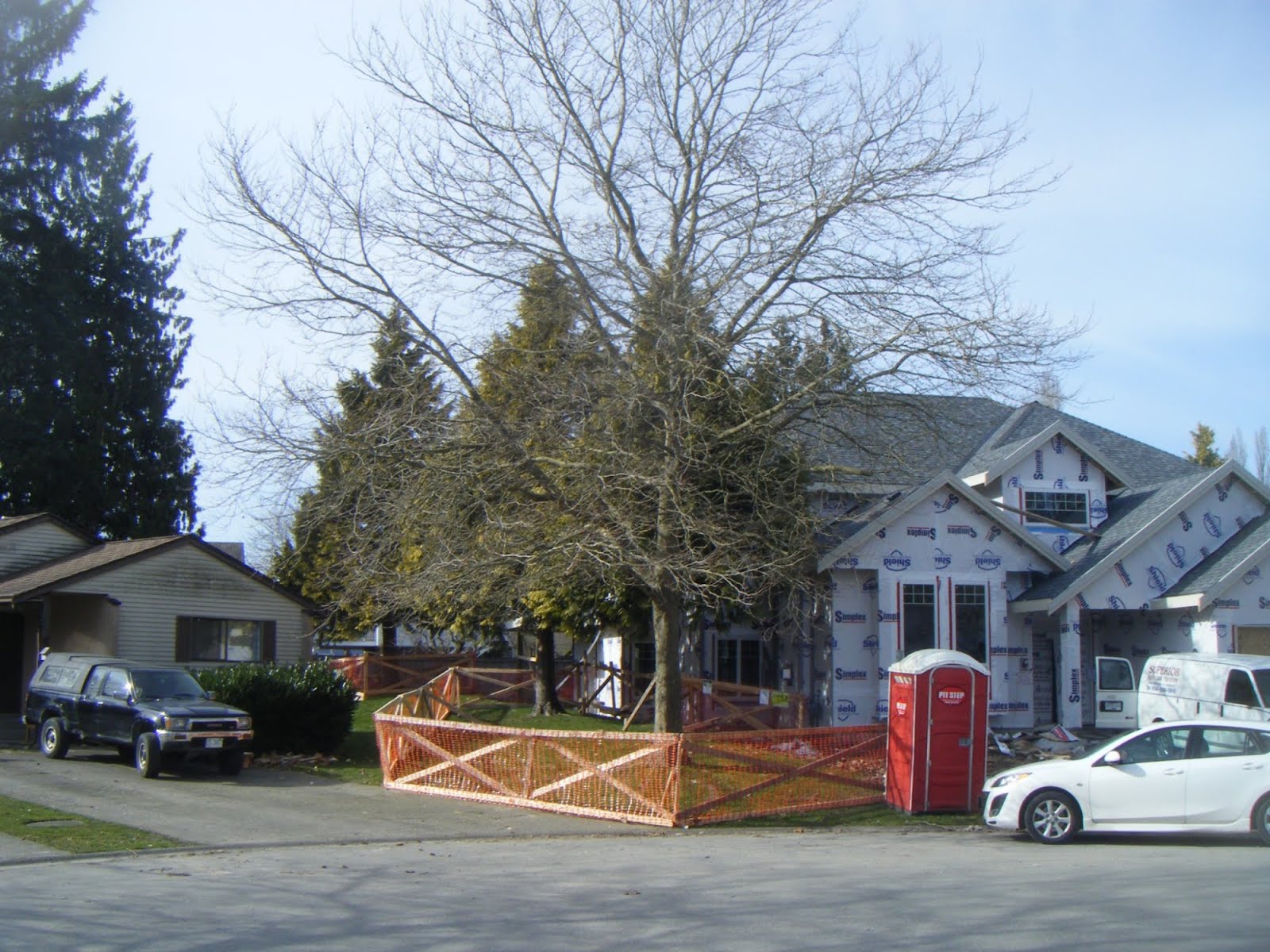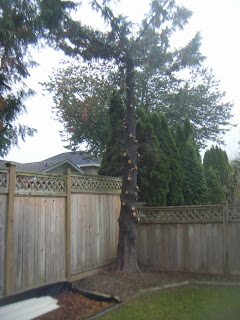Protecting Trees, The New Reality
Back in the old days folks didn’t worry about the urban forest. Trees were more of an impediment to progress than anything else. Their value was measured in the price of a board foot of lumber. Nobody cared about the benefits of urban trees.
The old days are gone. Now, people realize that trees matter a whole lot. As the worn out homes of the1970’s get demolished and replaced, it is clear that trees can last longer than cheap houses do. Builders and developers take notice.
Trees are Important
Urban trees are more important than most people realize. They play a role in just about every major environmental issue that cities face. These issues include challenges such as air and water quality, soil erosion, land degradation and wildlife habitat. Add to that list the stark reality of climate change, their importance increases. Trees contribute to “sense of place”, they connect us with nature and they motivate us to get off the couch, to go outside and to play with our friends.
All urban trees give at least some benefits. Mature trees provide the most. In every city across the country urban forests are declining. There are a number of reasons for this but one of the most glaring is the rapid pace of development. This is an issue that needs to be brought to light.

property supply pressures and value increases lead to homes being built closer together
The Consulting Arborist
Enter the consulting arborist. These guys and girls are not the same folks you hire to trim branches and run them through that noisy wood chipper. These arborists are professionals. They are experienced urban forestry experts that understand the needs of trees, builders and developers. Their role is to determine the most tree friendly plan, then to make sure that the plan is carried out. The consulting arborists job is ensure that the development satisfies the local government tree protection rules. They also have to balance their clients desires and make sure things are workable on the ground.
Tree Protection In Action
Step 1: Planning
At the design stage the arborist will inventory and assess all trees that could be affected. They will identify which trees can be saved and which cannot. They will work with the designer to come up with plans that best protect the trees.
Step 2: Implementation
To protect a tree on a work site is really about protecting roots. Each tree has an area of root mass that must remain untouched. This is called the ‘Critical Root Zone’ or the “Tree Protection Zone”. The larger the tree the larger the no go zone. 
neighbours trees must also be protected
Step 3: Special Considerations
During construction there may be times when the “Tree Protection Zone” needs to be worked on. This is the domain of the arborist. Details such as water lines, sewerage, gas and electrical need to be installed without causing root damage. Also driveways, retaining walls and landscaping require special planning, techniques and materials. Arborists work to find solutions to problems that in the past would have required tree removals.
Challenges to Tree Protection
The job is not easy. Many in the trades are used to the old ways. It is easier to build on a lot without trees. It takes commitment from all parties to make it happen. This includes the municipalities. They hold the most say over land development regulations.
Economic and demographic trends are a major consideration. As cities become more populated, land becomes more valuable. Houses get torn down and replaced with larger houses. Properties get subdivided into smaller lot sizes that leave less space for trees. The importance of tree protection increases as development increases. The job gets harder.
Neighbourhood politics and environmental realities often collide. Property owners have the right to develop their land within the rules. Emotions are stirred when history is lost. The old widow in the tiny bungalow passes on. Her house along with her well kept garden are razed for the installation of a mega home complete with tennis court and 4 car garage. Keeping pieces of the past becomes very important to the area residents. Mature trees, when healthy, remind us of the way things used to be. .

old neighbourhoods are transformed with new larger homes
Trees and Sustainable Development
Builders and developers take notice. Trees are more important than most people realize. Hire a consulting arborist, get them involved in the planning process. Implement a tree protection plan. Develop your land sustainably, earn your profits and be a good neighbour. Most of all respect the trees. Municipalities are in the drivers seat, the rest of us will hold them to it.
Terry Thrale is an International Society of Arboriculture certified Arborist. He is employed as an Urban Forester in the Planning and Development Department with The City of Surrey, British Columbia. He is also author of TreeReality.blogspot.ca .


